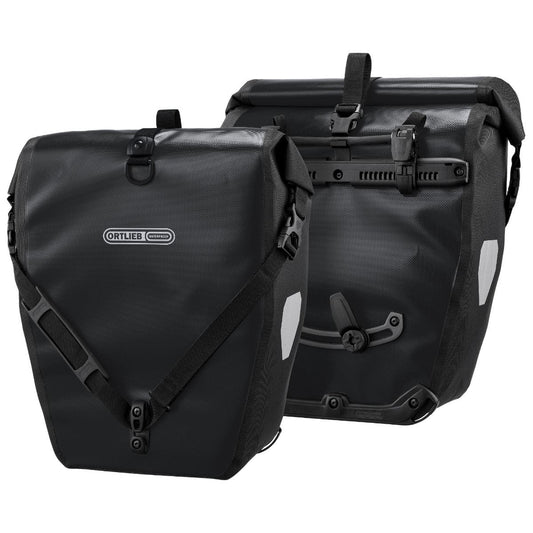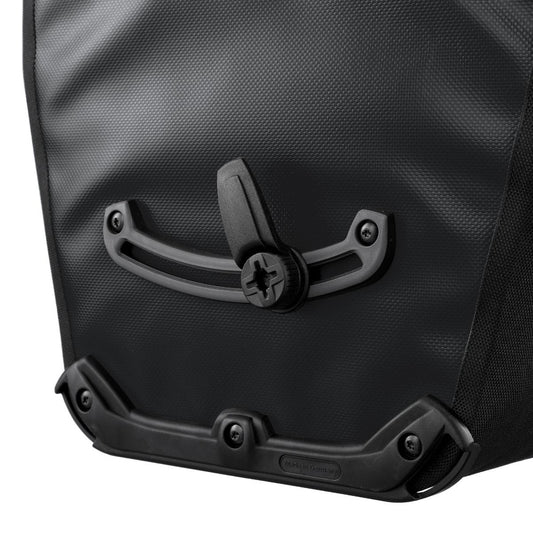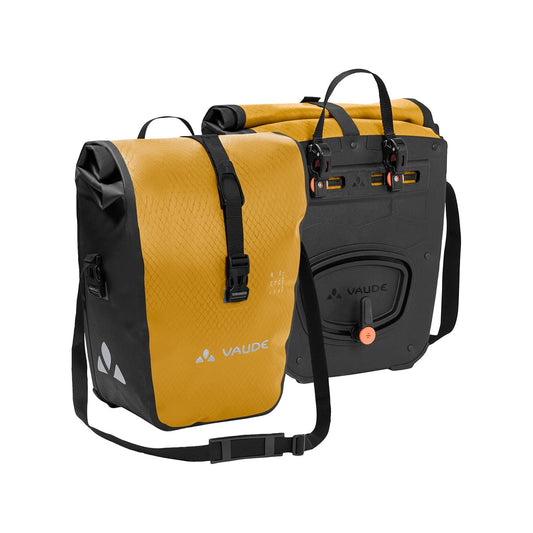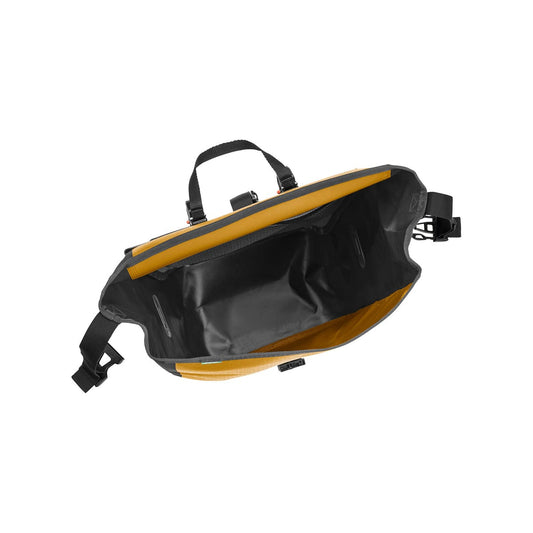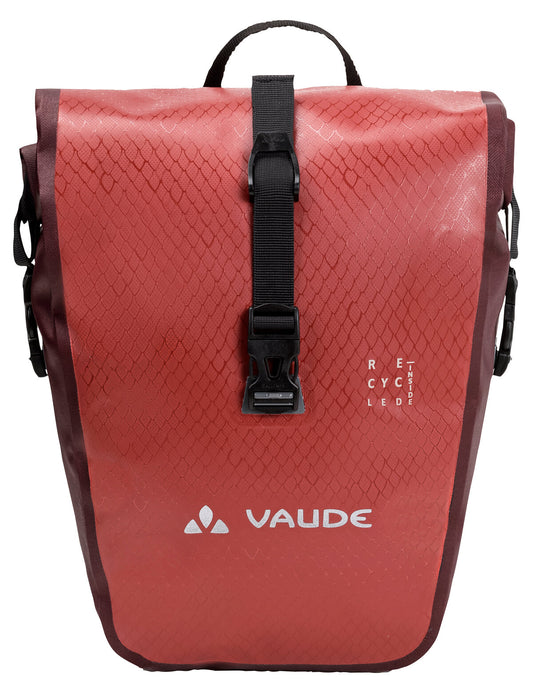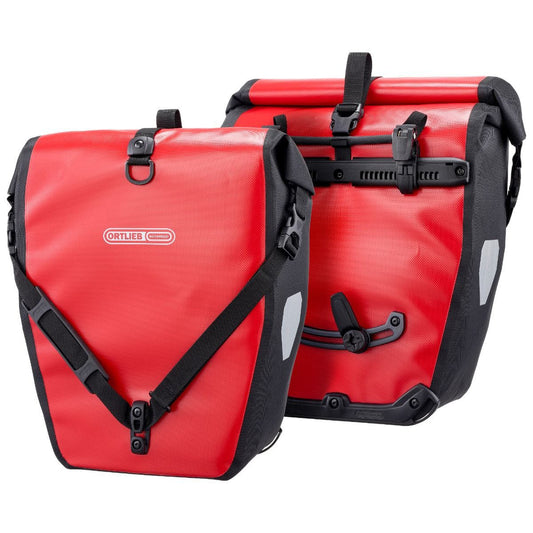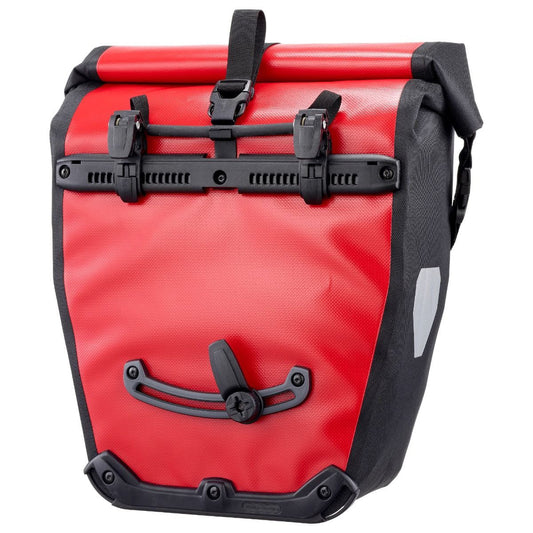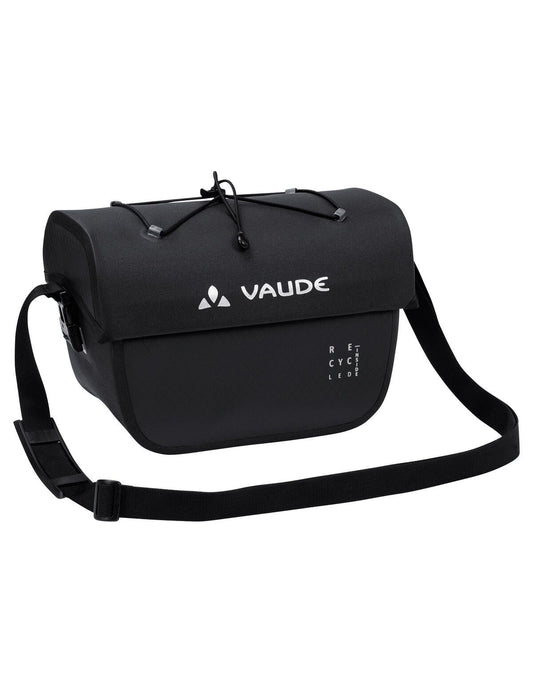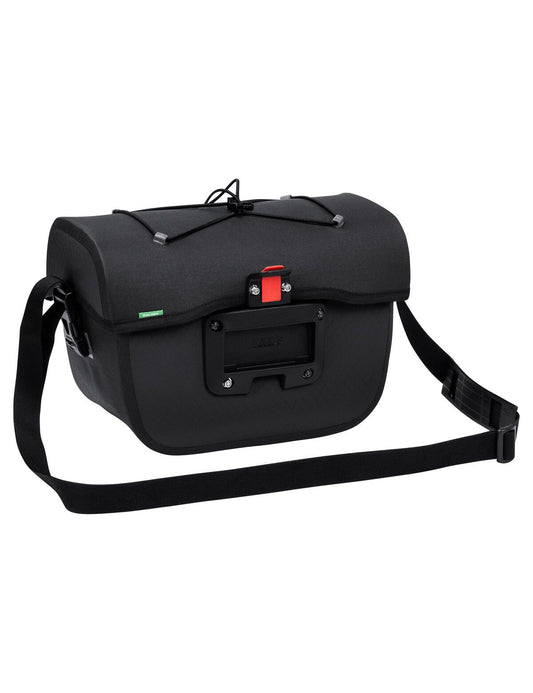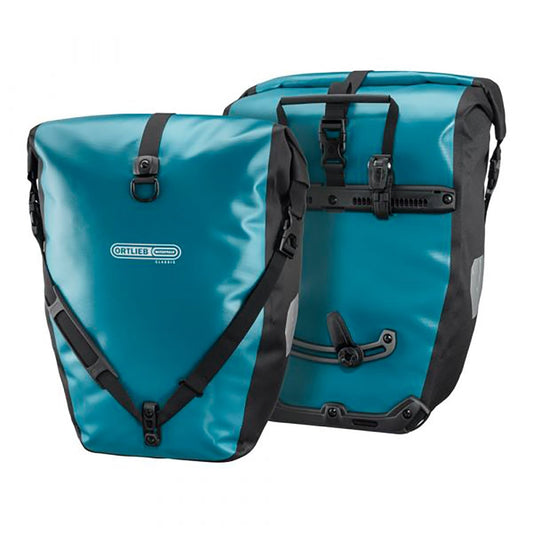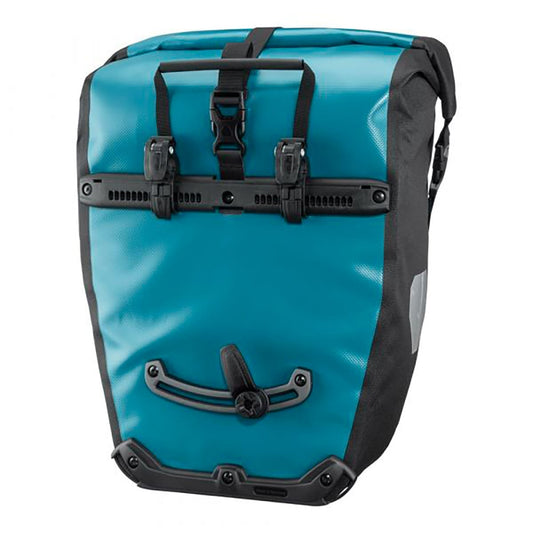Cycling is synonymous with freedom. It becomes even more so when you can carry your stuff!
Whether you're an urban cyclist, a touring cyclist MOUNTAIN BIKER or a long-distance traveler, manufacturers offer you a whole range of practical panniers in a variety of shapes, sizes and fastening systems, so you can combine practicality with the pleasure of pedaling.
Bicycle panniers features
- Types of panniers : handlebar or handlebar bag, frame bag, saddle bag, seatpost bag, carrier bag
- Materials : polyester, tarpaulin, Nylon, Cordura
ALL ABOUT PANNIERS
Types of panniers
Handlebar bags
Usually small enough to avoid making riding uncertain, the handlebar pannier offers direct, practical access. It's ideal for carrying small items such as a wallet, phone, keys, a few basic tools or a compact windbreaker. Most manufacturers include a shoulder strap, so when you're taking a break, you can simply take the pannier with you to protect yourself from theft!
Frame bag
Simply hook onto the frame tubes using adjustable straps fastened with Velcro. Frame panniers complete and optimize the load: the weight is in the center of the bike and doesn't raise the center of gravity too much. They come in all shapes and sizes: don't forget to take into account the space required for water bottles when making your choice!
Saddle bag
Attaches directly to the saddle rails, using clips or straps. Saddlebags are generally quite small, although expandable models are available to increase carrying capacity. This type of bag can carry an inner tube, a tire iron, a multi-tool, etc.
Seatpost bag
Some models attach directly to the seatpost, using clamps or straps. They offer generous loading capacity! Other models can be attached to a luggage rack, itself mounted on the seatpost, for a sturdy unit.
Luggage rack bag
Front or rear-mounted, these panniers can carry the heaviest of loads. Some panniers can be attached to rail-mounted racks using special hooks, and feature a rigid frame. They are then positioned in a low position: the center of gravity remains close to the ground and the luggage does not unbalance the bike. At the rear, the loading volume of a pannier can reach 35 liters or more!
Materials
Polyester
This technical material offers good protection and is easy to care for. A polyester bag with an additional protective layer of polyurethane is also water-repellent.
Tarpaulin
Panniers made from PVC or equivalent material offer the greatest robustness and resistance to splashes and other weather conditions, but come with a hefty price tag!
Nylon
This type of lining provides good protection against the elements, especially when combined with a polyurethane lining. The advantage over "tarpaulin"-type materials is Nylon's flexibility, and the finish gives a more urban look.
Cordura
Flexibility, strength, waterproofing, easy care and washing... Cordura enables manufacturers to design high-performance, reliable and lightweight panniers. A material particularly suited to urban use.
Which bike pannier should I choose?
Check that your bike's components, such as handlebars, are compatible with the pannier's fastenings.
On a city bike, a small handlebar bag that can be used as a shoulder strap means you never have to take your eyes off your precious belongings. On a touring bike, a handlebar bag can be complemented by a small saddle bag and a rear rack bag.
On both mountain bikes and road bikes, the fixings provided on the bike are often... absent! However, the development of bikepacking represents an interesting opportunity, with large frame, saddle and seatpost panniers attached directly to the bike via straps. Make sure your installation is solid to prevent the pannier from wobbling all over the place under the effect of vibrations. Don't forget that riding a loaded mountain bike takes some getting used to on technical trails!
As a general rule, even if the panniers you choose have a large volume, avoid overloading them and, above all, distribute the weight evenly, front to back and side to side, always trying to keep the center of gravity as low as possible. A bike that is overloaded or poorly loaded will lose its dynamism, its stability and its traction when climbing... Travelling with your belongings is a pleasure, whether in the city on a daily basis or on a long-haul trip, but only if you have thought carefully beforehand about which luggage to choose!
Beyond loading, pay attention to small details, such as fastening systems: scratch fasteners are practical, but come off more easily than hook fasteners, due to dust or vibrations, among other things.
If you like to organize your luggage with precision, check for the presence of interior pockets and storage nets, so you can position each item in its precise place.
Check the watertightness of the bags you choose: materials play an important role, but so do the quality of the seams and the fastening system! Standards exist to help you make your choice. The IP64 rating, the most common, means that the bag is dust-tight and resistant to splashes from all directions. Other bags go further, remaining watertight even when completely submerged.
Last but not least, bicycle luggage is also a great way to boost visibility. Opt for models with reflective stripes, or even fluorescent colors visible from afar.
Découvrez tous nos conseils & Tutoriels
ACCESSORIES - Bike Bags
-
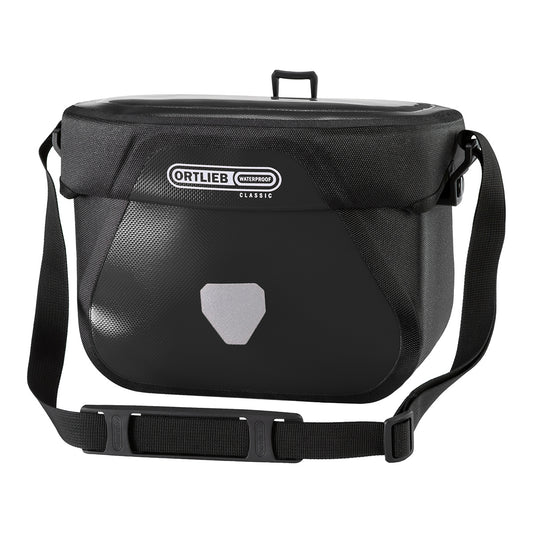
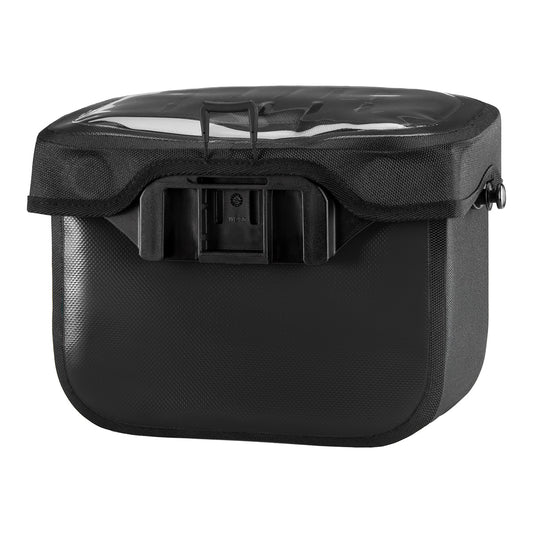
Handlebar bag ORTLIEB ULTIMATE 6.5 L Black
Regular price 84,99 €Regular priceUnit price per -

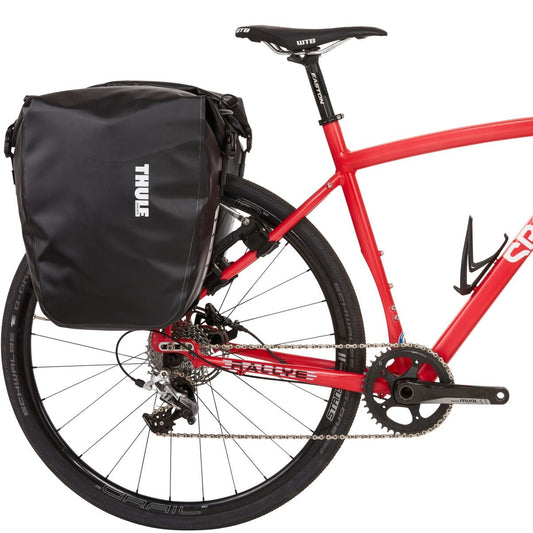
Pair of THULE SHIELD 25 L Luggage Bags Black
Regular price 104,99 €Regular priceUnit price per
